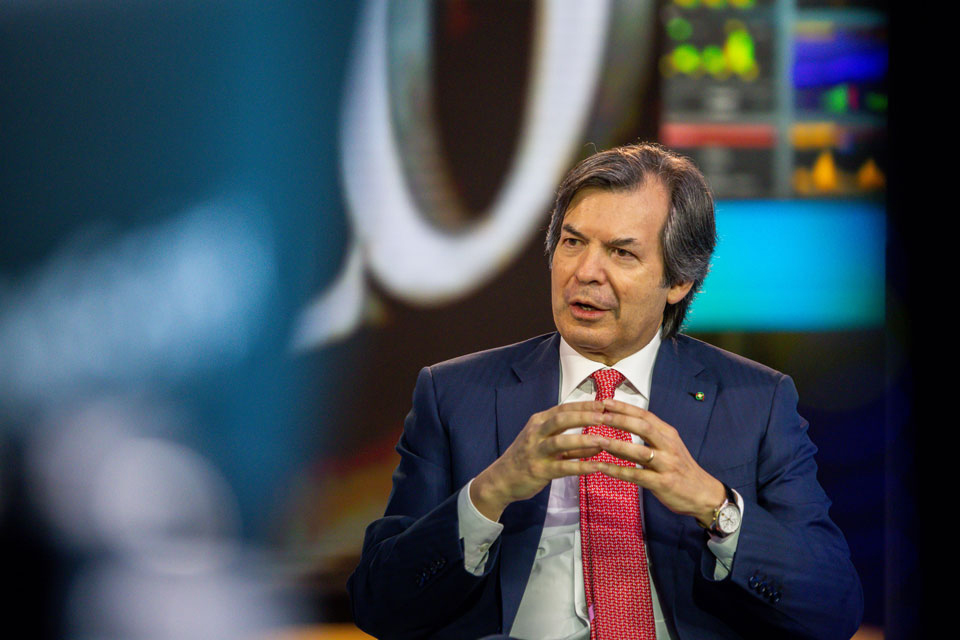It is notoriously difficult for legacy banks to build new digital-only brands capable of facing down the threat from independent neobanks such as Revolut or Nubank. NatWest’s Bo and JPMorgan Chase’s Finn are among the best-known flops, both closing shortly after launch in the late 2010s.
Nevertheless, banks keep on trying.
The latest to run into difficulty has been Isybank, launched last year by Italy’s biggest bank, Intesa Sanpaolo. This was not due to a technological or branding failure.
Access intelligence that drives action
To unlock this research, enter your email to log in or enquire about access





